Carmen M. Martínez-Roldán, Teachers College, Columbia, New York, Dámaris Muñoz Cataldo and Katherine Keim Riveros, Universidad de O’Higgins, Rancaqua, O’Higgins, Chile
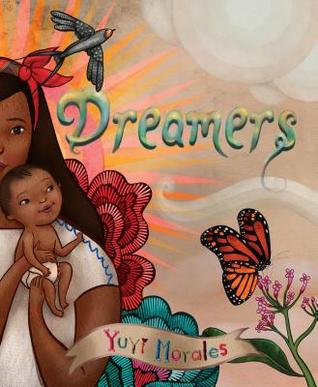 “Rompe nuestra burbuja” were the words that Mariposa (self-selected pseudonym), an eight-grade Chilean student, used when giving her opinion about the benefits of reading stories that explore how people from different cultures live. She revealed, “Porque uno aprende nuevas cosas y rompe nuestra burbuja, nos muestra diferentes realidades de la vida diaria [because we learn new things, and it pops our bubbles. It shows us different realities from daily life].”
“Rompe nuestra burbuja” were the words that Mariposa (self-selected pseudonym), an eight-grade Chilean student, used when giving her opinion about the benefits of reading stories that explore how people from different cultures live. She revealed, “Porque uno aprende nuevas cosas y rompe nuestra burbuja, nos muestra diferentes realidades de la vida diaria [because we learn new things, and it pops our bubbles. It shows us different realities from daily life].”
Teachers in U.S. classrooms are continuously looking for ways to engage their readers with children and young adolescent literature from various cultures, not only to support students’ reading but also to promote cross-cultural understandings needed to cultivate solidarity. Muhammad (2020) captured this concern in her question: “How will my instruction help students to learn something about themselves and/or about others?” (p. 58). Continue reading →

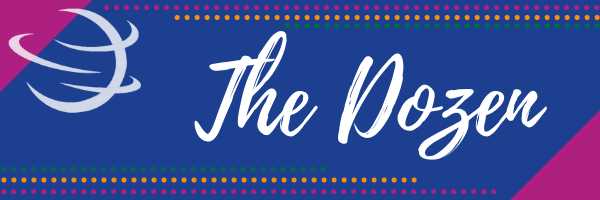

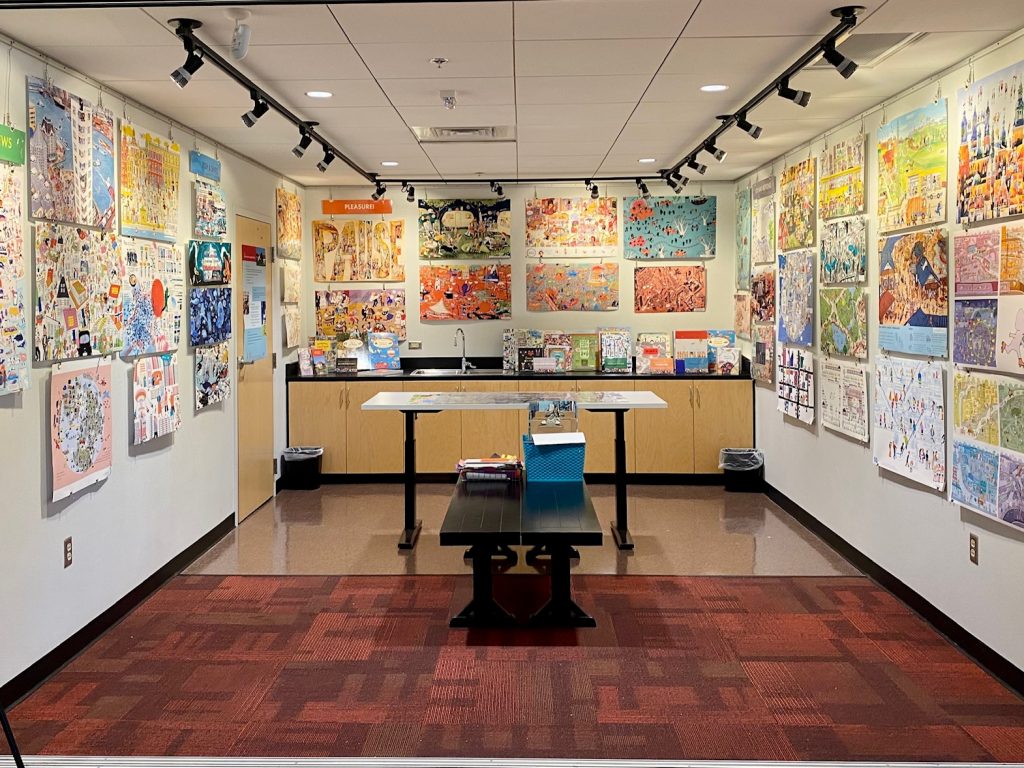

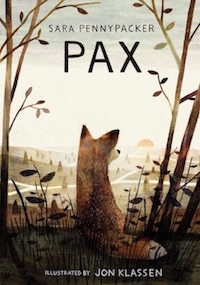 The environment has become a critical issue for a majority of people around the world. There are a number of ways to address the issue, and one of those ways is through an eco-cosmopolitan perspective. Eco-cosmopolitanism is “an attempt to envision individuals and groups as part of planetary ‘imagined communities’ of both human and nonhuman kinds” (Heise, 2008, p. 61). In children’s literature, we often get the perspective of an animal or insect. From Peter Rabbit (Potter, 1999) to Watership Down (Adams, 2014) to Charlotte’s Web (White, 2012) to more current texts such as Alice’s Farm (Wood, 2020) and
The environment has become a critical issue for a majority of people around the world. There are a number of ways to address the issue, and one of those ways is through an eco-cosmopolitan perspective. Eco-cosmopolitanism is “an attempt to envision individuals and groups as part of planetary ‘imagined communities’ of both human and nonhuman kinds” (Heise, 2008, p. 61). In children’s literature, we often get the perspective of an animal or insect. From Peter Rabbit (Potter, 1999) to Watership Down (Adams, 2014) to Charlotte’s Web (White, 2012) to more current texts such as Alice’s Farm (Wood, 2020) and 
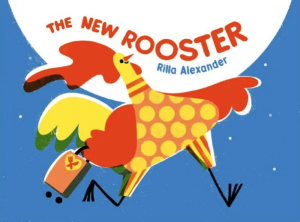 The New Rooster by Rilla Alexander is a universal and fanciful story about the challenges of communicating when many different languages are spoken. The story starts on the title page when Rooster, clutching his roller bag, parachutes from a plane. He has come a long way for his new job in a new country. We notice on the front endpapers that he has been hired to give the wake-up call at the ZZZ Hotel. But when he crows just as he had back home, no one is aroused. Even when he yells at the top of his lungs no one gets up. Repeated efforts until 3 p.m. fail to get anyone out of bed and the rooster figures he is out of a job. He realizes that he will need a good breakfast if he must make the long journey home. When the delicious smells of his cooking finally arouses the hotel guests they share a breakfast and chat. “They didn’t understand every word they heard, but they tried their best.” The ending will leave smiles on listener’s faces as this book makes a terrific read aloud. Don’t miss the punch line on the back endpapers — “Did you know the Rooster speaks pig latin?”
The New Rooster by Rilla Alexander is a universal and fanciful story about the challenges of communicating when many different languages are spoken. The story starts on the title page when Rooster, clutching his roller bag, parachutes from a plane. He has come a long way for his new job in a new country. We notice on the front endpapers that he has been hired to give the wake-up call at the ZZZ Hotel. But when he crows just as he had back home, no one is aroused. Even when he yells at the top of his lungs no one gets up. Repeated efforts until 3 p.m. fail to get anyone out of bed and the rooster figures he is out of a job. He realizes that he will need a good breakfast if he must make the long journey home. When the delicious smells of his cooking finally arouses the hotel guests they share a breakfast and chat. “They didn’t understand every word they heard, but they tried their best.” The ending will leave smiles on listener’s faces as this book makes a terrific read aloud. Don’t miss the punch line on the back endpapers — “Did you know the Rooster speaks pig latin?” 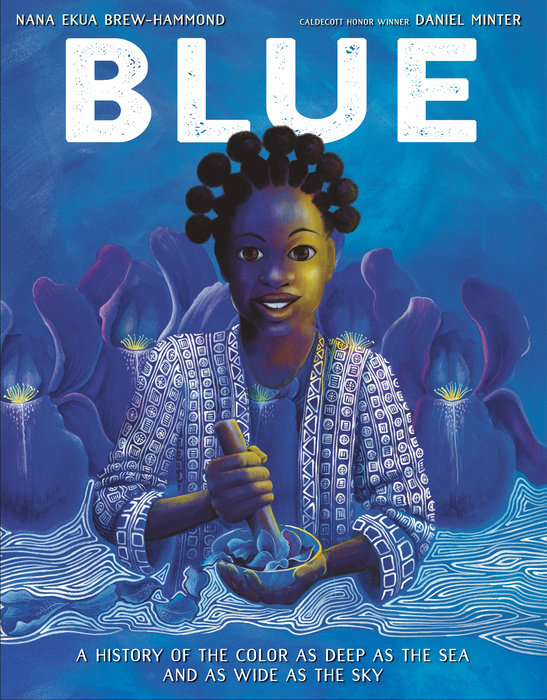
 “Rompe nuestra burbuja” were the words that Mariposa (self-selected pseudonym), an eight-grade Chilean student, used when giving her opinion about the benefits of reading stories that explore how people from different cultures live. She revealed, “Porque uno aprende nuevas cosas y rompe nuestra burbuja, nos muestra diferentes realidades de la vida diaria [because we learn new things, and it pops our bubbles. It shows us different realities from daily life].”
“Rompe nuestra burbuja” were the words that Mariposa (self-selected pseudonym), an eight-grade Chilean student, used when giving her opinion about the benefits of reading stories that explore how people from different cultures live. She revealed, “Porque uno aprende nuevas cosas y rompe nuestra burbuja, nos muestra diferentes realidades de la vida diaria [because we learn new things, and it pops our bubbles. It shows us different realities from daily life].”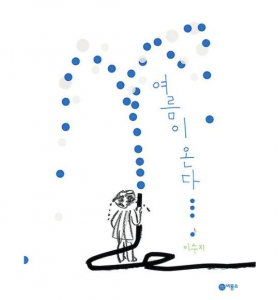 In recent years, increasing numbers of translated and non-translated Korean children’s literature are available to Japanese readers. Yes, Japanese readers read and consume Hangul (written Korean) directly beyond literature experiences (e.g., language learning). We’ve found several major Japanese publishing companies, JBBY (Japanese Board on Books for Young People), bookstores, and public and school libraries feature books by Korean authors and illustrators through social media and physical spaces. Three beloved Korean authors who also illustrate their work influenced Korean picturebooks’ reputations in Japan positively beyond what Japanese audiences are familiar with over the years (i.e., postcolonial texts). In this post, we share three Korean authors, Heena Baek, Suzy Lee and Heeyoung Ko who are among those gaining great popularity in Japan.
In recent years, increasing numbers of translated and non-translated Korean children’s literature are available to Japanese readers. Yes, Japanese readers read and consume Hangul (written Korean) directly beyond literature experiences (e.g., language learning). We’ve found several major Japanese publishing companies, JBBY (Japanese Board on Books for Young People), bookstores, and public and school libraries feature books by Korean authors and illustrators through social media and physical spaces. Three beloved Korean authors who also illustrate their work influenced Korean picturebooks’ reputations in Japan positively beyond what Japanese audiences are familiar with over the years (i.e., postcolonial texts). In this post, we share three Korean authors, Heena Baek, Suzy Lee and Heeyoung Ko who are among those gaining great popularity in Japan.